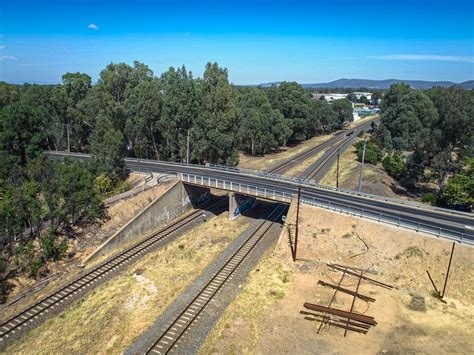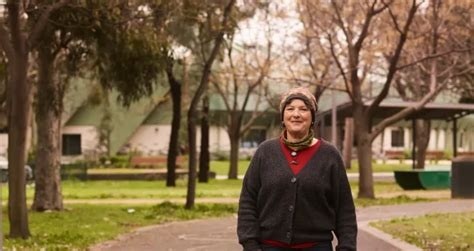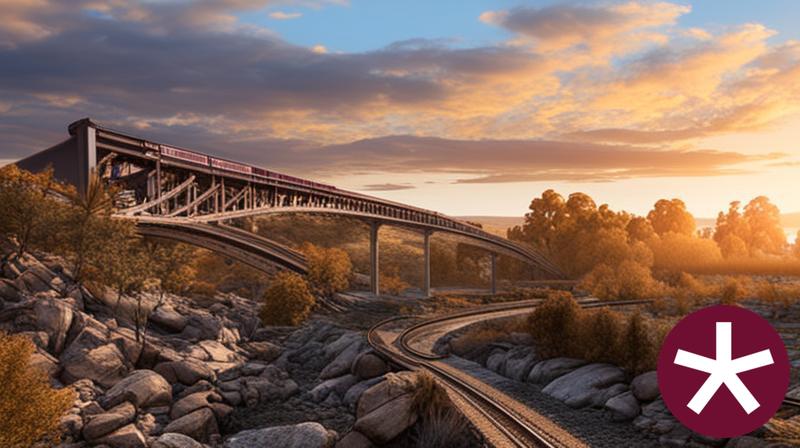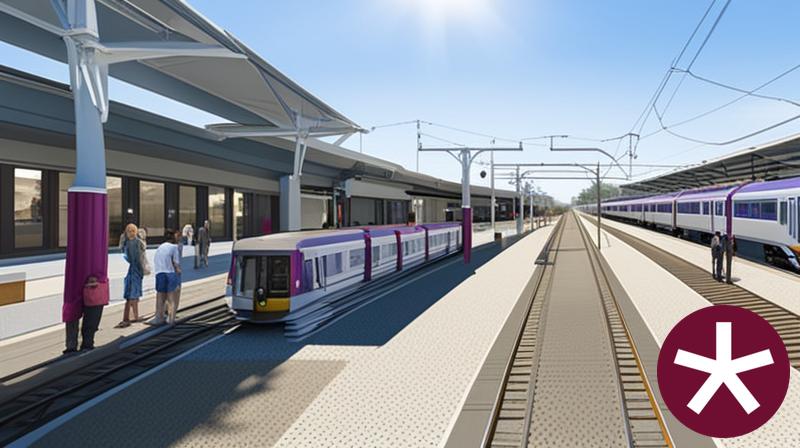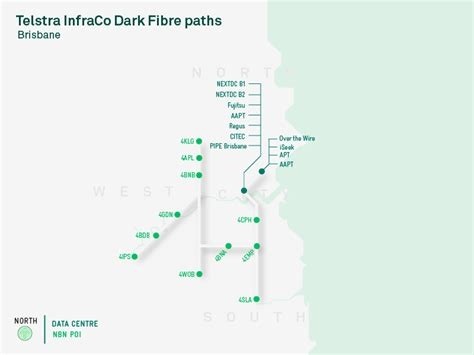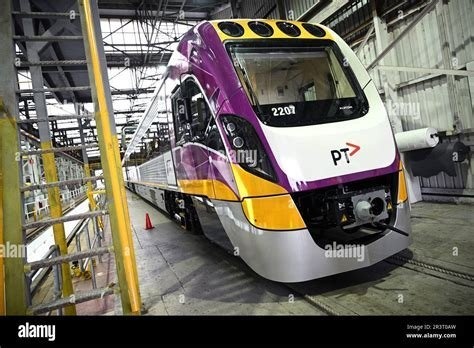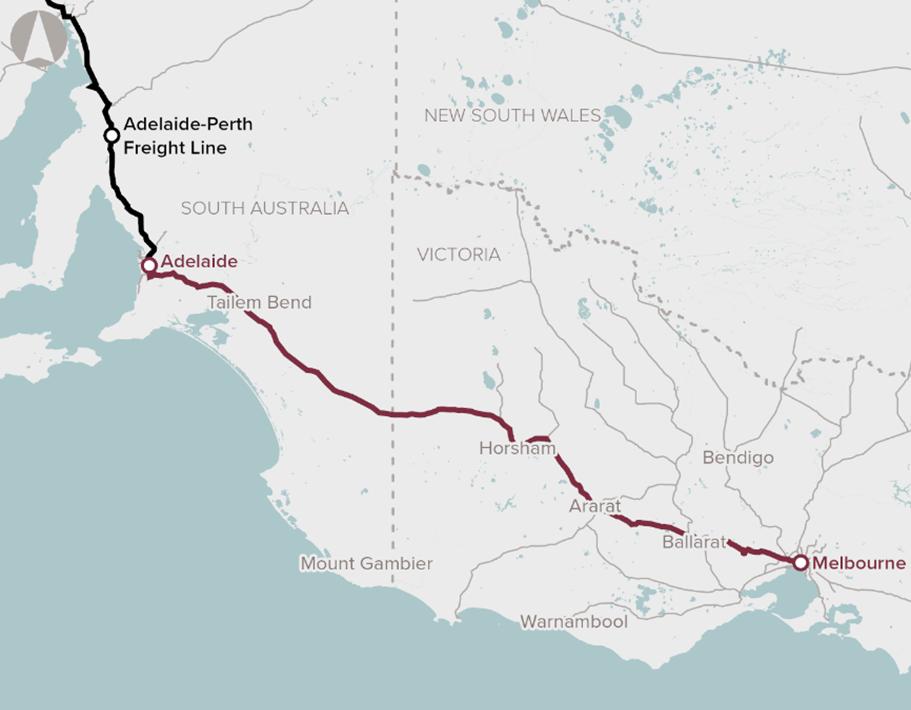Chart Color Schemes
est. as @ -- *
ABS ERP | -- people | --
2021 Census | -- people
Sales Activity
Curious about local property values? Filter the chart to assess the volume and appreciation (including resales) trends and regional comparisons, or scroll to the map below view this information at an individual property level.
Find a Recent Sale
Sales Detail
Population
An assessment of population growth drivers in Rushworth reveals an overall ranking slightly below national averages considering recent, and medium term trends
Rushworth's population was approximately 4,240 as of August 2025. This represented an increase of 47 people since the 2021 Census, which recorded a population of 4,193. The increase was inferred from ABS estimates: 4,210 in June 2024 and an additional 25 validated new addresses post-Census. Population density was around 2.6 persons per square kilometer. Rushworth's growth rate (1.1%) exceeded the SA3 area (-0.4%). Interstate migration contributed approximately 52.8% of overall population gains recently.
AreaSearch used ABS/Geoscience Australia projections for each SA2 area, released in 2024 with a base year of 2022. For areas not covered by this data, AreaSearch utilized VIC State Government's Regional/LGA projections from 2023, adjusted using weighted aggregation methods. Growth rates by age group were applied across all areas for years 2032 to 2041. Future projections indicate above median growth for Australia's regional areas; Rushworth is expected to expand by 744 persons to 2041, a gain of 16.8% over the 17-year period.
Frequently Asked Questions - Population
Development
Residential development activity is lower than average in Rushworth according to AreaSearch's national comparison of local real estate markets
Rushworth has recorded approximately 8 residential properties granted approval annually. The Australian Bureau of Statistics produces development approval data on a financial year basis, totalling 42 approvals over the past five years from FY-20 to FY-25, with 1 approval so far in FY-26. Over these five years, an average of 2.2 new residents was gained per dwelling built, indicating solid demand that supports property values. New homes are being constructed at an average expected construction cost value of $321,000, which is below the regional average, suggesting more affordable housing options for buyers.
In FY-26, $10.0 million in commercial approvals have been registered, demonstrating moderate levels of commercial development. Compared to Rest of Vic., Rushworth has around two-thirds the rate of new dwelling approvals per person and ranks among the 45th percentile nationally, indicating somewhat limited buyer options while strengthening demand for established homes. This is below average nationally, reflecting the area's maturity and possible planning constraints. Recent building activity consists solely of standalone homes, maintaining the area's traditional low density character with a focus on family homes appealing to those seeking space.
The estimated population per dwelling approval is 366 people in the area, reflecting its quiet, low activity development environment. Population forecasts indicate Rushworth will gain 714 residents by 2041. If current development rates continue, housing supply may not keep pace with population growth, potentially increasing competition among buyers and supporting stronger price growth.
Frequently Asked Questions - Development
Infrastructure
Rushworth has emerging levels of nearby infrastructure activity, ranking in the 29thth percentile nationally
Changes to local infrastructure significantly impact an area's performance. AreaSearch has identified four projects likely to affect this region: Goulburn Valley Highway Safety Upgrades, Shepparton Line Upgrade, Axedale Solar Farm, and Bendigo and Echuca Line Upgrade. Details about these key projects are listed below.
Professional plan users can use the search below to filter and access additional projects.
INFRASTRUCTURE SEARCH
Frequently Asked Questions - Infrastructure
Goulburn Valley Highway Safety Upgrades
Installation of flexible safety barriers and road infrastructure improvements along multiple sections of Goulburn Valley Highway. Includes wire rope barriers, earthworks, drainage works, and intersection upgrades to improve safety for freight and passenger traffic.
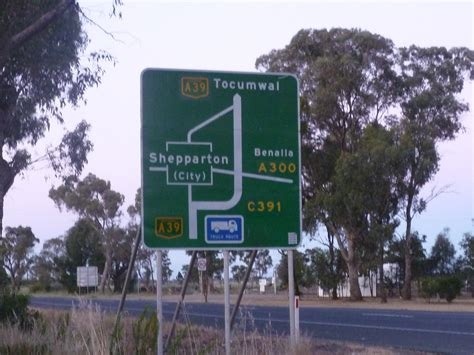
Water and Sewer Network Program
A major 10-year plus program valued at $100 million in its first phase to renew and upgrade critical water and sewer pipes and pumps across the Coliban Water region. The program aims to protect community health, support economic development, and address changing climate needs. Key features include pipeline construction, sewer main upgrades, and pump station improvements across multiple townships. The first phase covers 2023-2028 and is delivered in partnership with Jaydo Construction and Leed Engineering, who are committed to using local resources and materials to maximize social and economic benefits for the region.
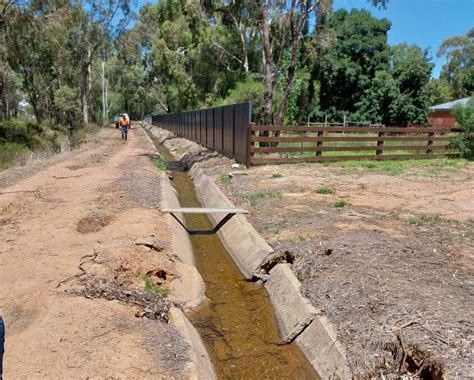
Victorian Renewable Energy Zones
VicGrid, a Victorian Government agency, is coordinating the planning and staged declaration of six proposed onshore Renewable Energy Zones (plus a Gippsland shoreline zone to support offshore wind). The 2025 Victorian Transmission Plan identifies the indicative REZ locations, access limits and the transmission works needed to connect new wind, solar and storage while minimising impacts on communities, Traditional Owners, agriculture and the environment. Each REZ will proceed through a statutory declaration and consultation process before competitive allocation of grid access to projects.
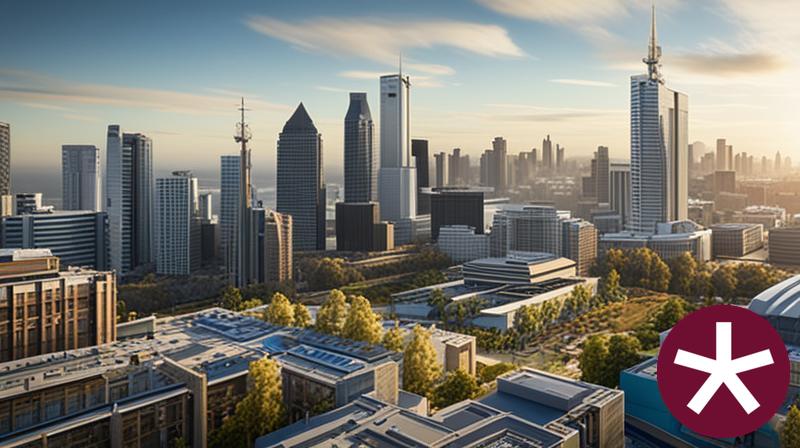
North East Rail Line Upgrade
Major upgrade to the North East Rail Line between Melbourne and Albury-Wodonga, improving freight and passenger services, including track resurfacing, mud-hole removal, drainage improvements, bridge upgrades, and signalling enhancements to allow VLocity trains and better ride quality.
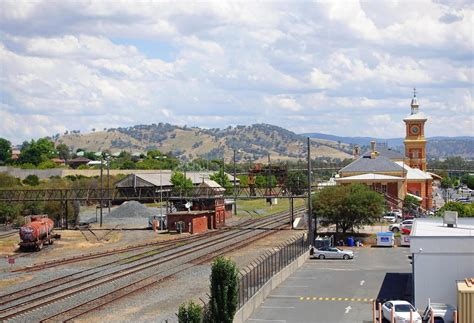
Bendigo and Echuca Line Upgrade
Rail line upgrade delivered three new stations at Goornong, Huntly and Raywood, faster train speeds up to 130km/h between Epsom and Goornong and 100km/h between Goornong and Echuca, improved electronic train order system, upgraded signalling, and reduced journey times by up to 12 minutes. Project tripled weekday services to Echuca and enhanced safety with upgraded level crossings.
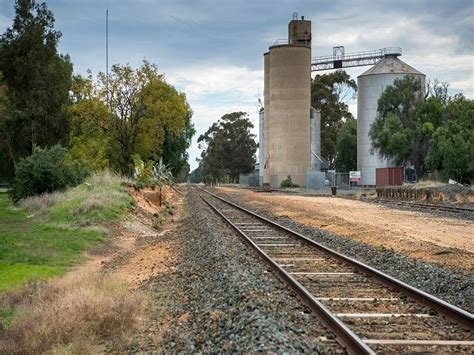
Axedale Solar Farm
A hybrid 140 MW solar PV and 50 MW/100 MWh battery energy storage system project located 20 km east of Bendigo in Victoria. The project utilizes state-of-the-art solar photovoltaic panels that track the sun, reducing emissions by 200,000 tonnes of CO2 per year, creating up to 150 construction jobs and 5 ongoing local jobs, with potential for sheep grazing during operation.
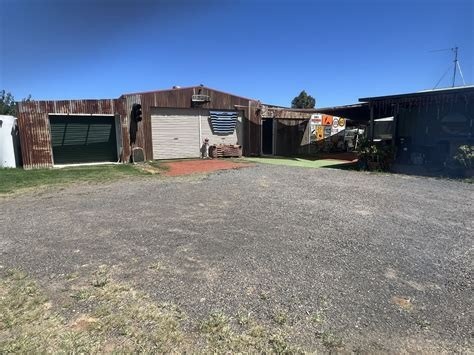
EnergyConnect
Australia's largest energy transmission project. A new ~900km interconnector linking the NSW, SA and VIC grids. NSW-West (Buronga to SA border and Red Cliffs spur) was energised in 2024-2025, connecting the three states via the expanded Buronga substation. NSW-East (Buronga-Dinawan-Wagga Wagga) is under active construction with substation upgrades at Wagga Wagga completed in June 2025 and works well advanced at Dinawan and Buronga. Full 800MW transfer capability is targeted after completion of the eastern section and inter-network testing, expected by late 2027.
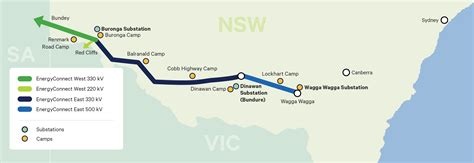
Bendigo and Echuca Railway Line Upgrade
$176.2M rail line upgrade delivering three new stations at Goornong, Huntly and Raywood. Features modern Electronic Train Order system, track improvements enabling 130km/h speeds, and tripled weekday services to Echuca. Part of $4B Regional Rail Revival program.
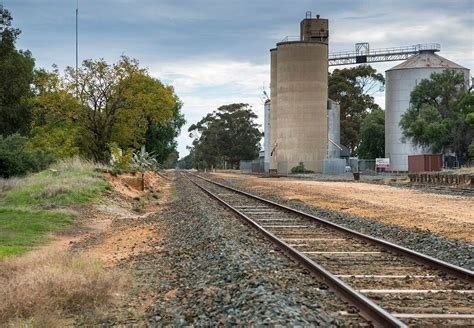
Employment
Despite maintaining a low unemployment rate of 2.7%, Rushworth has experienced recent job losses, resulting in a below average employment performance ranking when compared nationally
Rushworth's workforce is balanced across white and blue-collar jobs with varied sector representation. As of June 2025, the unemployment rate was 2.7%.
In contrast, Rest of Vic had an unemployment rate of 3.8% during the same period. Rushworth's workforce participation rate was 49.7%, lower than Rest of Vic's 57.4%. Dominant employment sectors in Rushworth include agriculture, forestry & fishing, health care & social assistance, and manufacturing. The area has a significant specialization in agriculture, forestry & fishing with an employment share 3.5 times the regional level.
Conversely, construction employs only 6.2% of local workers compared to Rest of Vic's 10.4%. Analysis from AreaSearch using SALM and ABS data shows that over one year, labour force decreased by 14.3% and employment decreased by 15.0%, leading to a rise in unemployment rate by 0.8 percentage points. State-level data up to Sep-25 reveals Victoria's employment grew by 1.08% year-on-year with an unemployment rate of 4.7%. Job forecasts from Jobs and Skills Australia indicate national employment growth of 6.6% over five years and 13.7% over ten years, though industry-specific projections suggest Rushworth's growth might be around 5.0% over five years and 11.5% over ten years.
Frequently Asked Questions - Employment
Income
Income metrics place the area in the bottom 10% of locations nationally according to AreaSearch analysis
AreaSearch's data for financial year 2022 shows Rushworth's median income was $42,189 and average income was $52,095. This is lower than the national averages of $48,741 (median) and $60,693 (average) in Rest of Vic. Based on a 10.11% growth since financial year 2022, estimated incomes for Rushworth as of March 2025 are approximately $46,454 (median) and $57,362 (average). Census 2021 data indicates Rushworth's household, family, and personal incomes fall between the 6th and 8th percentiles nationally. The income bracket of $400 - $799 captures 29.2% of Rushworth's population, compared to the region where the $1,500 - $2,999 bracket is most common at 30.3%. Despite modest housing costs allowing for 90.2% income retention, total disposable income ranks at just the 12th percentile nationally.
Frequently Asked Questions - Income
Housing
Rushworth is characterized by a predominantly suburban housing profile, with above-average rates of outright home ownership
In Rushworth, as per the latest Census, 96.3% of dwellings were houses, with the remaining 3.8% being semi-detached homes, apartments, or other types. This contrasts with Non-Metro Vic., where 90.3% of dwellings were houses and 9.6% were other types. Rushworth's home ownership rate was 53.3%, compared to mortgaged dwellings at 32.3% and rented ones at 14.4%. The median monthly mortgage repayment in Rushworth was $1,023, lower than Non-Metro Vic.'s average of $1,300 and the national average of $1,863. The median weekly rent in Rushworth was $200, which is less than Non-Metro Vic.'s $250 and the national figure of $375.
Frequently Asked Questions - Housing
Household Composition
Rushworth features high concentrations of lone person households, with a lower-than-average median household size
Family households account for 64.1% of all households, including 19.4% couples with children, 34.3% couples without children, and 9.5% single parent families. Non-family households make up the remaining 35.9%, with lone person households at 33.0% and group households comprising 2.7% of the total. The median household size is 2.2 people, smaller than the Rest of Vic. average of 2.4.
Frequently Asked Questions - Households
Local Schools & Education
Rushworth faces educational challenges, with performance metrics placing it in the bottom quartile of areas assessed nationally
The area's university qualification rate is 12.8%, significantly lower than Victoria's average of 33.4%. This presents both a challenge and an opportunity for targeted educational initiatives. Bachelor degrees are the most common at 9.3%, followed by graduate diplomas (1.8%) and postgraduate qualifications (1.7%). Trade and technical skills are prominent, with 41.2% of residents aged 15+ holding vocational credentials – advanced diplomas (10.4%) and certificates (30.8%).
Educational participation is high, with 26.2% of residents currently enrolled in formal education. This includes 10.3% in primary education, 8.0% in secondary education, and 2.0% pursuing tertiary education. Rushworth's five schools have a combined enrollment of 286 students. The educational mix includes four primary schools and one K-12 school. Local school capacity is limited (6.8 places per 100 residents vs 16.6 regionally), leading many families to travel to nearby areas for schooling.
Frequently Asked Questions - Education
Schools Detail
Nearby Services & Amenities
Transport
Transport servicing is very low compared to other areas nationally based on assessment of service frequency, route connectivity and accessibility
Transport analysis shows 13 active stops operating in Rushworth, offering mixed bus services. These stops are served by 13 routes, collectively facilitating 59 weekly passenger trips. Transport access is rated moderate, with residents typically located 472 meters from the nearest stop.
Service frequency averages 8 daily trips across all routes, resulting in approximately 4 weekly trips per individual stop.
Frequently Asked Questions - Transport
Transport Stops Detail
Health
Health performance in Rushworth is a key challenge with a range of health conditions having marked impacts on both younger and older age cohorts
Rushworth faces significant health challenges with various conditions affecting both younger and older residents. Approximately 46% (~1,958 people) have private health cover, lower than the national average of 55.3%.
The most prevalent medical conditions are arthritis (13.0%) and mental health issues (9.6%). Meanwhile, 58.7% report no medical ailments, compared to 62.2% in Rest of Vic.. Rushworth has 26.9% residents aged 65 and over (1,141 people), higher than the 25.1% in Rest of Vic.. Despite this, health outcomes among seniors are challenging but better than those for the general population.
Frequently Asked Questions - Health
Cultural Diversity
Rushworth is considerably less culturally diverse than average when assessed alongside AreaSearch's national rankings for language and cultural background related metrics
Rushworth has a low cultural diversity, with 86.7% of its population being Australian citizens, born in Australia (89.6%), and speaking English only at home (95.2%). Christianity is the predominant religion, practiced by 52.9% of Rushworth's population, similar to the rest of Victoria at 53.0%. The top three ancestry groups are Australian (33.0%), English (31.1%), and Irish (10.5%).
Notably, Scottish ancestry is higher in Rushworth at 8.9%, compared to 8.4% regionally, Dutch at 1.6% versus 1.1%, and Macedonian at 0.3% versus 0.1%.
Frequently Asked Questions - Diversity
Age
Rushworth ranks among the oldest 10% of areas nationwide
Rushworth's median age is 51 years, significantly higher than Victoria's average of 43 and Australia's median of 38. Compared to Victoria's average, Rushworth has a notably over-represented cohort of 55-64 year-olds at 17.6%, while the 35-44 age group is under-represented at 8.4%. This concentration of 55-64 year-olds is well above the national average of 11.2%. According to post-2021 Census data, Rushworth's population aged 25 to 34 has grown from 9.3% to 10.8%, and the 15 to 24 age group increased from 8.3% to 9.3%. Conversely, the 45 to 54 age cohort declined from 13.2% to 11.9%. By 2041, Rushworth's age composition is expected to shift notably. The 25 to 34 age group is projected to grow by 47%, adding 212 people and reaching a total of 670 from the current 457. Meanwhile, the number of individuals in the 55 to 64 age range is expected to fall by 31%.
